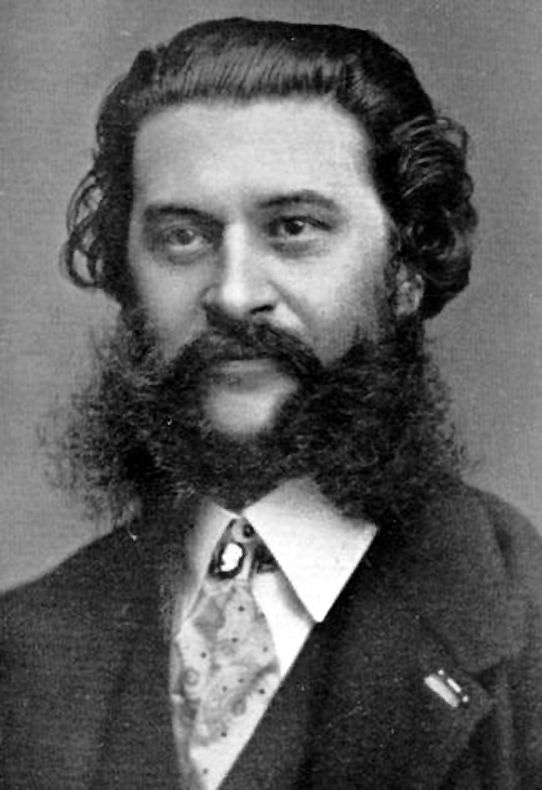Johann Strauss II, often referred to as the “Waltz King,” was one of the most influential composers of 19th-century dance music. His works, including The Blue Danube and Tales from the Vienna Woods, helped define the golden age of Viennese waltzes and polkas. Among his many celebrated compositions is Annen-Polka, Op. 117, a lively and elegant piece dedicated to Saint Anne’s Day, an important religious and social celebration in Austria.
Origins and Dedication
Composed in 1852, Annen-Polka was written for the annual St. Anne’s Day festivities in Vienna. The name “Annen” (German for “Anne”) refers to Saint Anne, the mother of the Virgin Mary, whose feast day is celebrated on July 26th. During this period, open-air concerts and social gatherings were common in Vienna’s Prater Park, where Strauss frequently performed his new compositions to an enthusiastic public.
Strauss dedicated Annen-Polka to the women of Vienna, capturing the festive and romantic spirit of the occasion with a light, graceful melody and an energetic rhythmic drive. The piece became an instant favorite and was frequently played at dances and concerts throughout Austria.
Musical Characteristics
Annen-Polka showcases Strauss’s signature style, blending lyrical charm with rhythmic vitality. The composition follows the standard polka structure, featuring:
- A bright and cheerful introduction
- A series of melodic phrases that build excitement
- A central trio section with a contrasting theme
- A lively return to the main melody, concluding with a spirited flourish
The piece exudes a sense of joy and refinement, making it a popular choice for ballrooms and celebrations.
Popularity and Legacy
Following its premiere, Annen-Polka became a staple in Strauss’s concert repertoire and remains one of his most beloved polkas. It is frequently performed in Vienna’s New Year’s Concert by the Vienna Philharmonic, an annual event that celebrates the works of the Strauss family and Austrian musical heritage.
In addition to orchestral performances, Annen-Polka has been adapted for various instrumentations, including piano arrangements and chamber ensembles. Its enduring appeal lies in its delightful melodies and lively character, capturing the essence of 19th-century Viennese dance music.
Conclusion
Annen-Polka, Op. 117, is a shining example of Johann Strauss II’s ability to craft elegant and entertaining dance music. Dedicated to the joyous celebrations of St. Anne’s Day, the piece continues to enchant audiences with its charm and festive spirit. Whether performed in grand concert halls or intimate gatherings, Annen-Polka remains a testament to the timeless beauty of Strauss’s music.


No responses yet